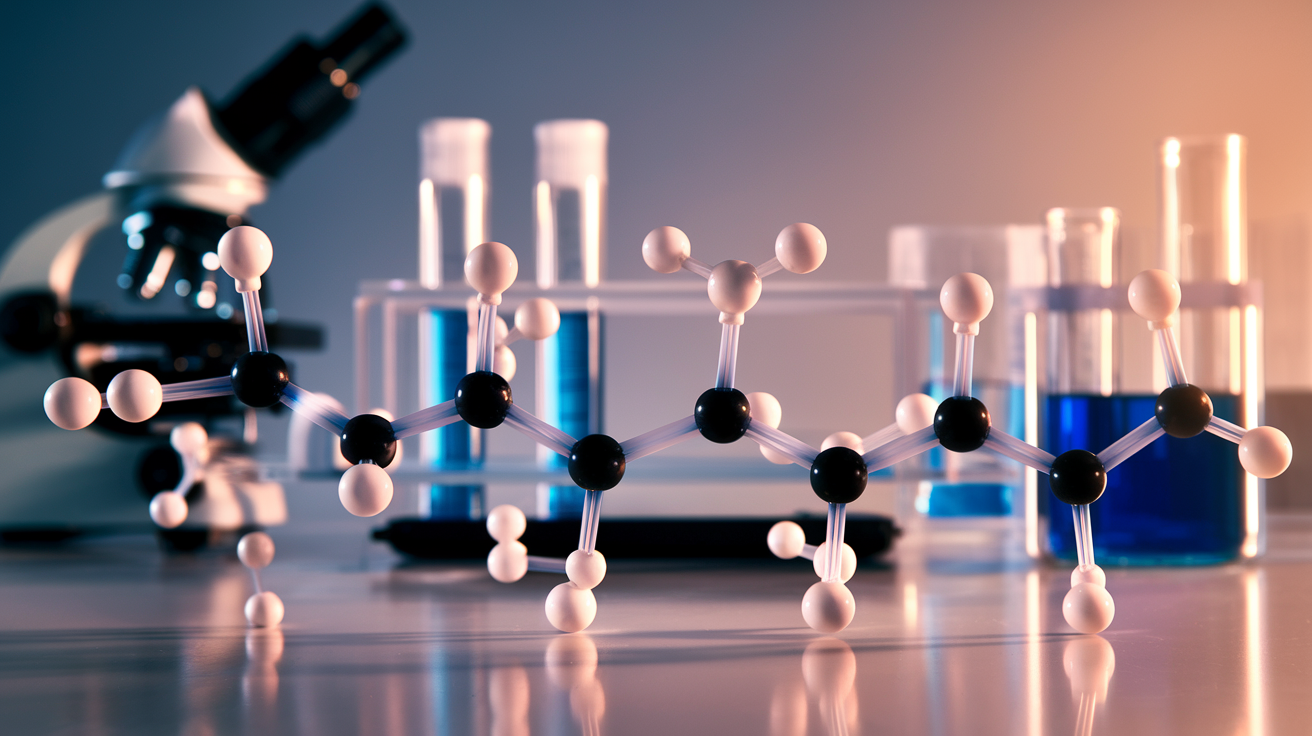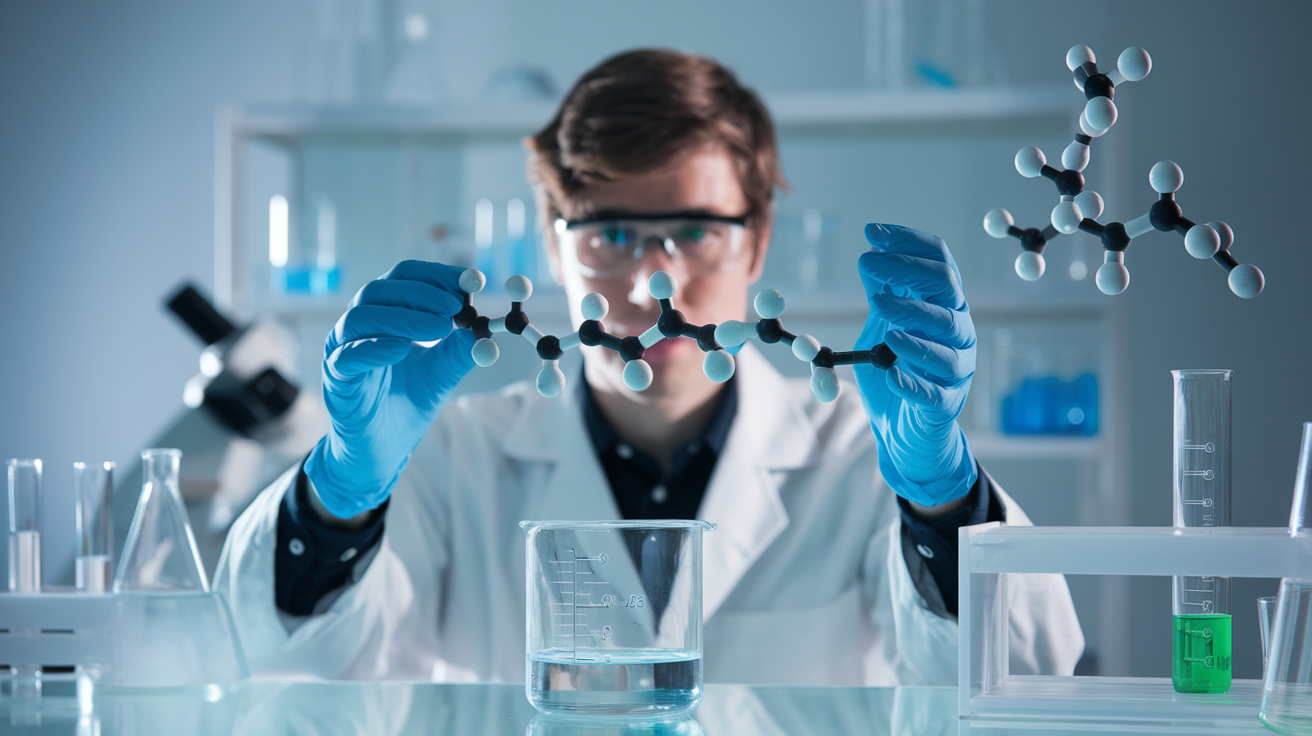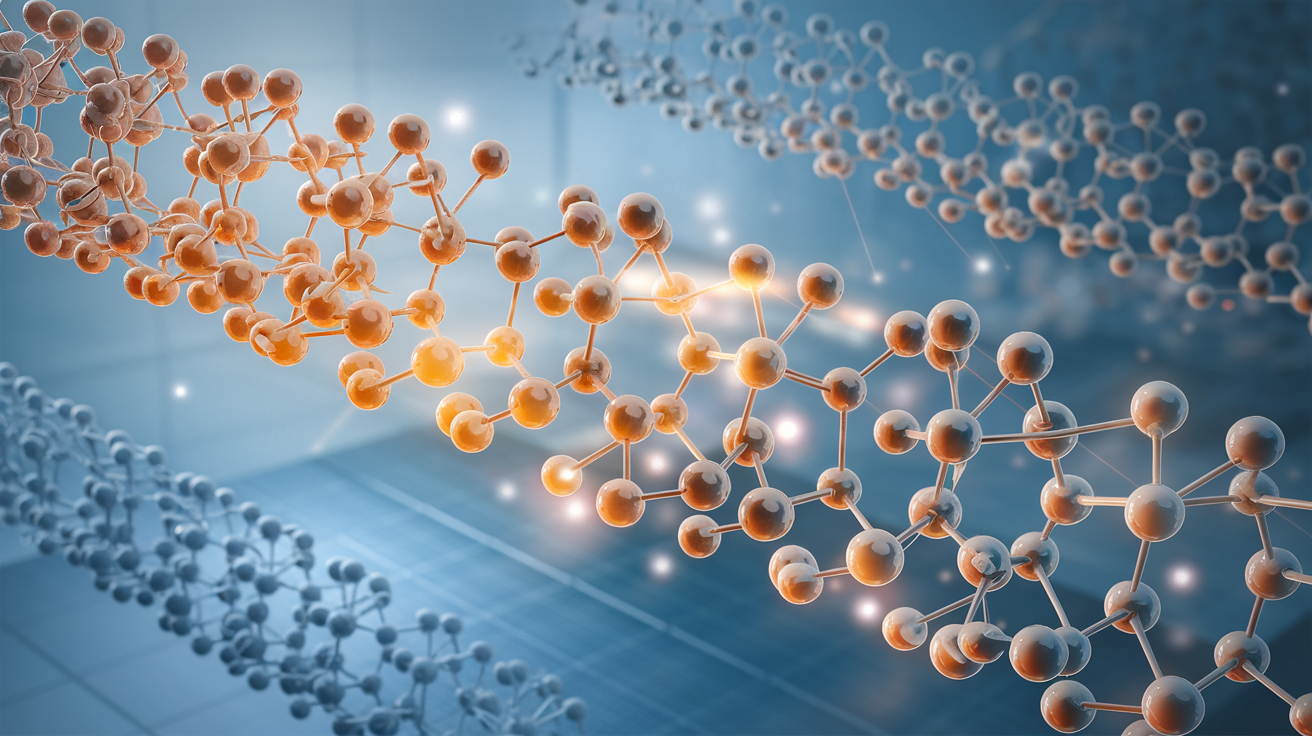When you hear the word peptides, you might think of scientific labs or complex skincare formulas. But did you know that these tiny chains of amino acids play an essential role in nearly every function of your body? From healing your skin to enhancing brain activity, peptides are nature’s bioactive messengers — small in size but mighty in impact.
Whether you’re a skincare enthusiast, fitness buff, medical professional, or just a curious learner, understanding the types of peptides can open your eyes to some of the most fascinating and useful advancements in health, beauty, and medicine. In this guide, we’ll break down different types of peptides, explain their roles, and show real-life applications that are changing the way we live.
What Are Peptides, Exactly?
Before diving into their types, let’s get the basics clear.
Peptides are short chains of amino acids — typically containing between 2 to 50 amino acids. They’re smaller than proteins but serve as the building blocks of many essential biological processes. Because of their size, peptides are easier to absorb and process, which makes them extremely useful in both natural systems and synthetic applications.
Unlike full proteins, peptides are like quick messengers — delivering signals, triggering reactions, and influencing cell behavior at remarkable speeds.
1. Polypeptides: The Longer Chains with Big Impact
Let’s start with polypeptides, which are simply longer peptide chains made of 10 or more amino acids. While the line between peptides and proteins can blur, polypeptides often act as precursors to full proteins.
Common Functions:
- Hormone regulation (like insulin)
- Enzyme activity
- Tissue repair
Real-World Example:
Collagen polypeptides are now commonly found in powders and supplements aimed at improving skin, joint, and hair health. These supplements are a massive trend in the beauty and fitness industries due to their rejuvenating effects.
2. Synthetic Peptides: Science Imitating Nature
As research deepens, scientists are now able to create synthetic peptides in labs that mimic the natural peptides found in the body.
Why They Matter:
- They’re stable, customizable, and target-specific.
- Used in drug development, skincare, and cancer treatment.
Real-World Example:
Matrixyl is a synthetic peptide found in anti-aging creams that boosts collagen production and smooths wrinkles. This peptide is widely loved by beauty influencers and dermatologists alike.
3. Therapeutic Peptides: Medicine’s Tiny Miracle Workers
Therapeutic peptides are one of the most exciting applications in modern medicine. These peptides are designed to target specific cells or biological functions, helping to treat diseases more precisely with fewer side effects.
Used In:
- Diabetes (e.g., GLP-1 analogs like Semaglutide)
- Cancer (targeted therapies)
- Inflammatory diseases
- Obesity and metabolism disorders
Live Case:
A breakthrough diabetes medication, Ozempic, is based on a therapeutic peptide that helps regulate insulin production and reduce appetite — making it a dual-purpose treatment for both diabetes and weight loss.
4. Signal Peptides: The Cellular Traffic Directors
Imagine a microscopic postman delivering letters to different addresses inside your cells — that’s what a signal peptide does. These short peptides are attached to proteins and guide them to their proper location inside the cell.
Main Function:
- Ensures correct protein placement (especially in membranes or organelles)
Scientific Importance:
Without signal peptides, proteins would end up in the wrong place, leading to cellular chaos. They are especially studied in biotechnology and pharmaceutical research for precise drug delivery systems.
5. Brain Peptides: Tiny Chains That Influence Thoughts and Moods
Did you know your brain produces its own special peptides? Brain peptides (also called neuropeptides) influence everything from your sleep and mood to your learning ability and pain perception.
Examples of Brain Peptides:
- Endorphins – the body’s natural painkillers and mood boosters
- Oxytocin – the “love hormone” linked to bonding
- Substance P – regulates pain and inflammation
Real-Life Example:
The rise of nootropic supplements — often marketed for enhancing focus and memory — frequently involves peptides that mimic or influence brain peptides to improve cognitive performance.
6. Types of Peptides by Structure & Function
To better understand the peptide universe, let’s categorize them further:
| Category | Peptide Type | Function |
|---|---|---|
| Structural | Collagen peptides | Skin, hair, and joint support |
| Signaling | Signal peptides | Guide proteins to target cells |
| Neuroactive | Brain peptides | Influence emotions, learning |
| Therapeutic | GLP-1, Insulin peptides | Treat disease, regulate hormones |
| Synthetic | Matrixyl, Argireline | Cosmetic, pharmaceutical use |
| Enzymatic | Protease inhibitors | Control digestion, protect tissues |
Applications Across Industries
Peptides are not just lab curiosities — they are now revolutionizing major industries:
🧴 Skincare & Beauty
- Anti-aging creams (Matrixyl, Argireline)
- Acne treatment (Biopeptides)
- Hydration boosters (Copper peptides)
💪 Fitness & Sports
- Muscle repair and growth
- Fat-burning peptides
- Recovery enhancers
💊 Pharmaceuticals
- Peptide vaccines
- Targeted cancer therapy
- Autoimmune disease management
🧠 Mental Health & Brain Health
- Peptide nootropics for memory and focus
- Mood stabilizing compounds
Why Peptides Are Gaining Popularity
- High Specificity: Unlike general drugs, peptides can act precisely on the target.
- Natural Origin: Most are naturally occurring or mimic natural processes.
- Lower Side Effects: Due to their body-friendly nature.
- Versatility: Skincare, medicine, brain health — the possibilities are endless.
The Fundamentals of Peptides

What Peptides Are and How They Form
Peptides are tiny but mighty chains of amino acids linked together by peptide bonds. Think of them as nature’s mini-proteins. When amino acids join forces, they create these short sequences (typically containing fewer than 50 amino acids) that play crucial roles throughout your body.
The formation process is fascinating. When two amino acids come together, they undergo a condensation reaction—the carboxyl group (-COOH) of one amino acid bonds with the amino group (-NH2) of another. Water is released during this process (hence “condensation”), and voilà—a peptide bond is born. As more amino acids join the chain, you get di-, tri-, and oligopeptides, depending on how many amino acids link up.
The Critical Difference Between Peptides and Proteins
The line between peptides and proteins isn’t just academic—it’s practical:
| Feature | Peptides | Proteins |
|---|---|---|
| Size | Smaller (2-50 amino acids) | Larger (50+ amino acids) |
| Structure | Simpler, often linear | Complex 3D structures |
| Stability | Generally less stable | More stable |
| Function | Specific signaling, regulatory roles | Complex cellular machinery, structure |
The key takeaway? Proteins are peptides that grew up and got complicated. They fold into intricate 3D shapes that dictate their function, while peptides typically maintain simpler structures.
How Peptides Function in the Human Body
Peptides are the body’s multitaskers. They zip around as messengers, telling your organs and tissues what to do and when to do it.
Some peptides work as hormones—insulin regulates blood sugar, while ghrelin tells you when you’re hungry. Others function as neurotransmitters, carrying signals between nerve cells. Antimicrobial peptides patrol your skin and mucous membranes, killing bacteria before they can cause trouble.
The beauty of peptides is their precision. Each has a specific job and target, which is why they’re becoming superstars in medical treatments. They can deliver medication exactly where it’s needed without affecting the rest of your body.
The Building Blocks: Essential Amino Acids
At the heart of every peptide are amino acids—especially the nine essential ones your body can’t produce on its own:
- Histidine: Crucial for growth and tissue repair
- Isoleucine: Supports muscle metabolism and immune function
- Leucine: The muscle-building powerhouse
- Lysine: Important for protein synthesis and calcium absorption
- Methionine: Aids in detoxification and metabolism
- Phenylalanine: Precursor to important neurotransmitters
- Threonine: Supports skin and connective tissue health
- Tryptophan: The sleep-promoting amino acid
- Valine: Stimulates muscle growth and regeneration
These amino acids must come from your diet, which is why protein intake matters so much. Without them, your body can’t create the peptides it needs to function properly.

Peptides may be microscopic, but their impact on health, wellness, and beauty is massive. From the polypeptides that hold your skin together, to therapeutic peptides treating chronic illness, to brain peptides shaping your emotions — these tiny molecules are leading a quiet revolution in the way we approach medicine and lifestyle.
As science advances, synthetic peptides and signal peptides are opening doors to smarter drugs and futuristic treatments. And whether you’re sipping a collagen smoothie or applying a peptide serum, you’re already participating in this molecular magic.

